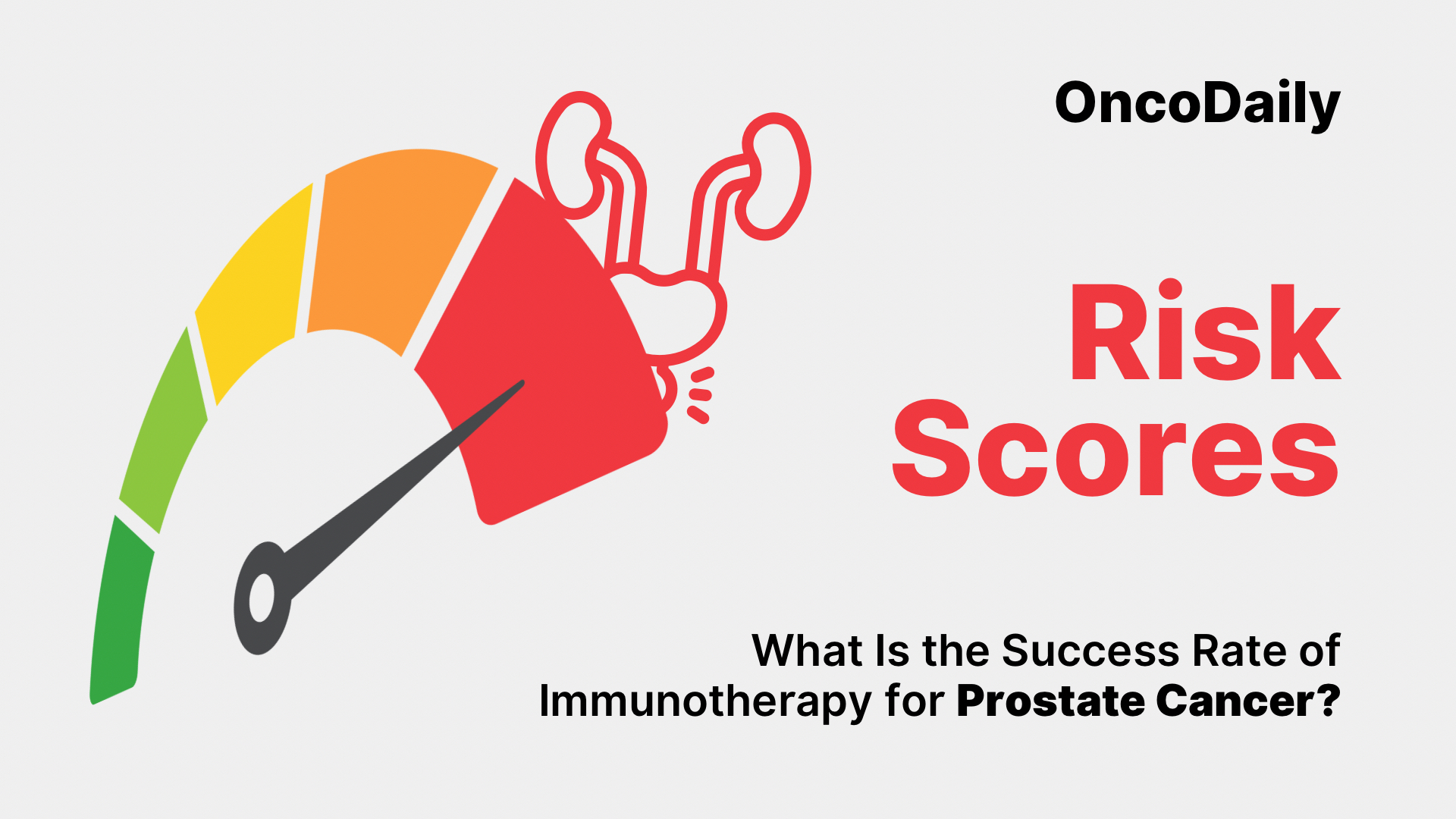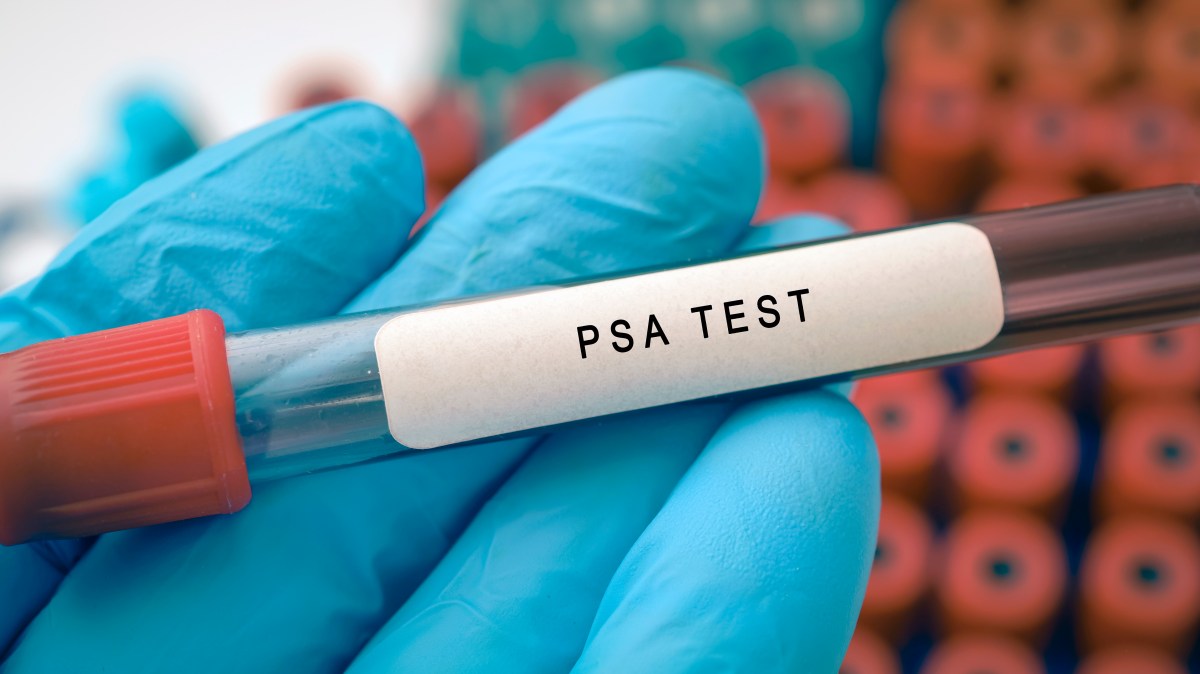- Study Identifies Cardiovascular Drug Combination as Potential Treatment for MASLD geneonline.com
- Pemafibrate and telmisartan combo may reverse fatty liver Drug Target Review
- New Drug Combination Shows Promise in Treating Metabolic…
Category: 6. Health
-
Study Identifies Cardiovascular Drug Combination as Potential Treatment for MASLD – geneonline.com
-

New approach targets social skills to help schizophrenia patients heal
Schizophrenia, a serious mental illness that affects how people think, feel and behave, often begins during the teenage years when the brain is still developing, according to the National Institute of Mental Health. Photo by cottonbro studio/Continue Reading

Daily soft drink consumption linked to depression risk, new study reveals
A recent scientific study has revealed that the daily consumption of soft drinks can be harmful not only to physical health but also to mental well-being, as it disrupts the balance of gut bacteria, increasing the likelihood of depression,…
Continue Reading
Just a moment…
Just a moment… This request seems a bit unusual, so we need to confirm that you’re human. Please press and hold the button until it turns completely green. Thank you for your cooperation!
Continue Reading
Just a moment…
Just a moment… This request seems a bit unusual, so we need to confirm that you’re human. Please press and hold the button until it turns completely green. Thank you for your cooperation!
Continue Reading

Georgios A. Zenonos: Great Start to the Tumor Section CNS 2025
Georgios A. Zenonos/LinkedIn
Georgios A. Zenonos, Co-Director of the Center for Cranial Base Surgery and Associate Professor of Neurosurgery at the University of Pittsburgh, shared a…
Continue Reading

Immunotherapy Success Rate for Prostate Cancer. What Patients Need to Know in 2025
The immunotherapy success rate for prostate cancer has become a key topic in modern oncology as patients seek advanced treatments that extend survival with fewer side effects. Prostate cancer remains one of the most frequently…
Continue Reading
Just a moment…
Just a moment… This request seems a bit unusual, so we need to confirm that you’re human. Please press and hold the button until it turns completely green. Thank you for your cooperation!
Continue Reading

Sharpen your memory in minutes a day: Expert reveals simple habit that boosts recall and brain power
Memory lapses are often brushed off as a natural part of aging, but research suggests that simple habits can sharpen recall and improve brain health. According to CDC data, one in ten adults aged 45 and older report experiencing memory loss….Continue Reading

Charities warn of disappointment if prostate cancer screening rejected – The Times
- Charities warn of disappointment if prostate cancer screening rejected The Times
- Rishi Sunak warns Government over U-turn on prostate screening which ‘will undoubtedly cost lives’ Daily Mail
- GPs Split on PSA Testing as Clearer Guidance Urged
Continue Reading